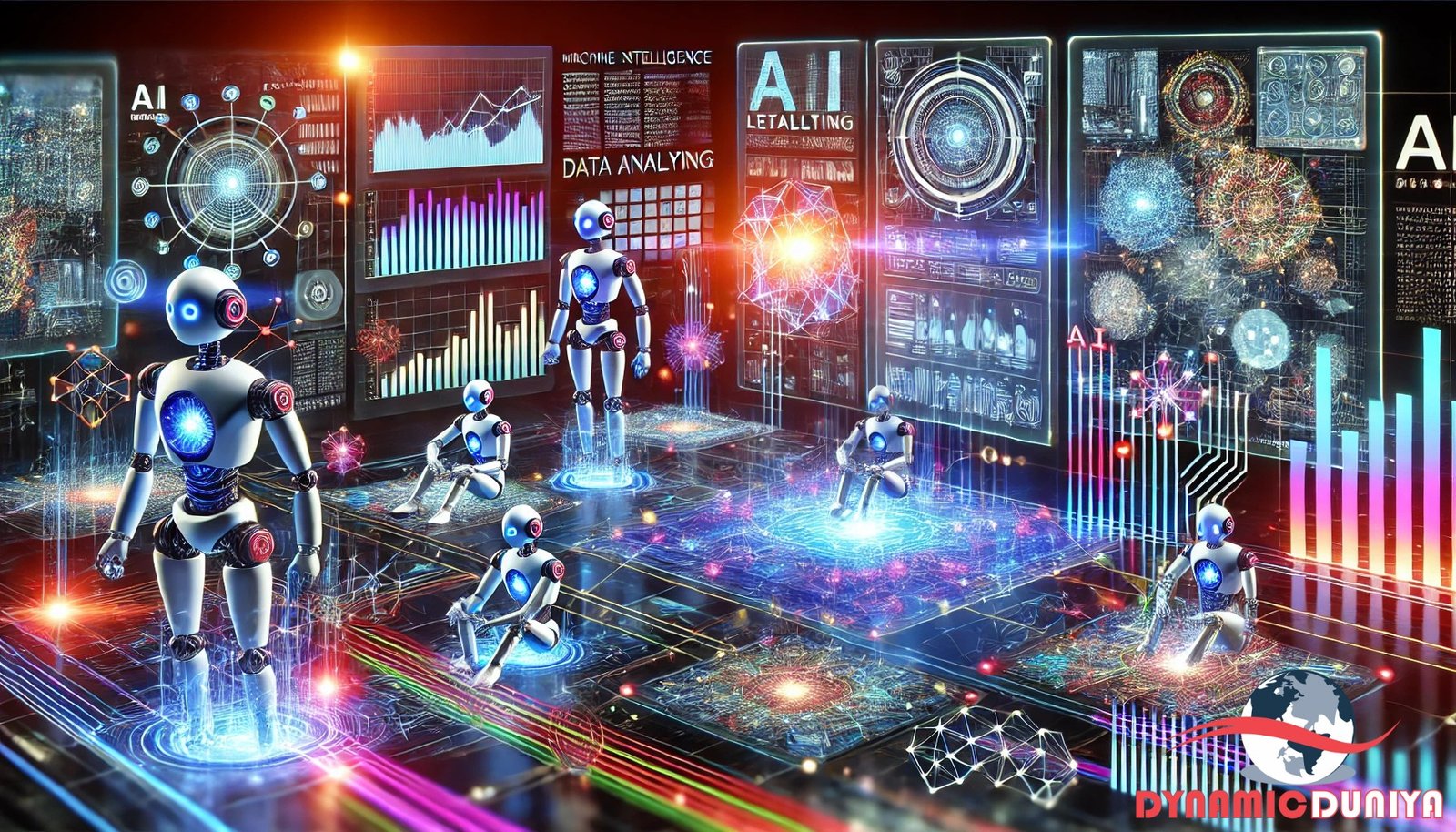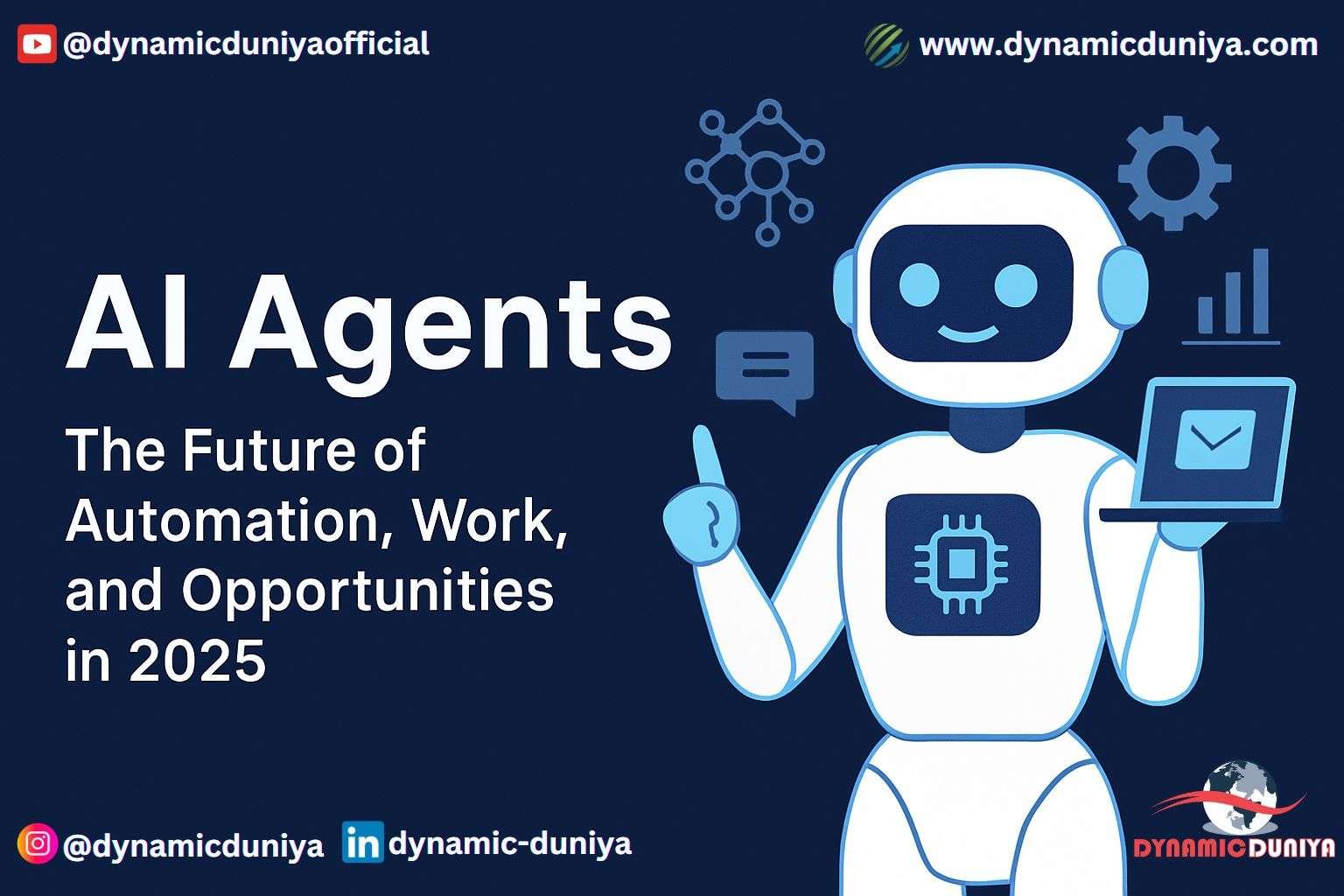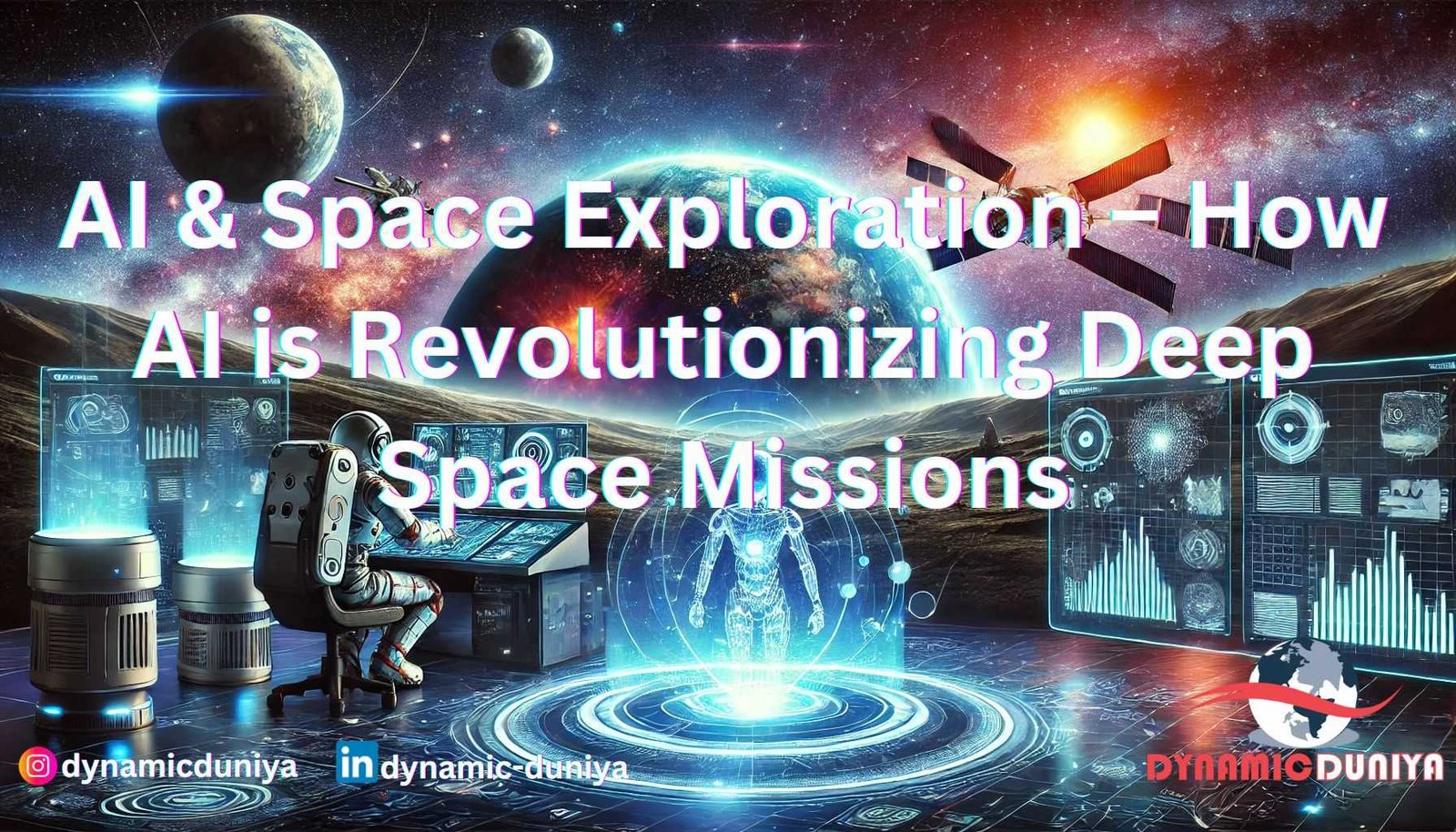Understanding AI, ML, Data Science, and More: A Beginner's Guide to Choosing Your Career Path

Introduction
Technology is advancing at a rapid pace, and terms like Artificial Intelligence (AI), Machine Learning (ML), Data Science, and Big Data are everywhere. These fields are shaping industries, automating tasks, and revolutionizing how businesses operate. But what do these terms mean, and which one should you choose for your career?
This blog will break down each field in simple terms, provide real-life examples, and guide you on how to get started in each domain.
Understanding Each Field in Detail
1. Artificial Intelligence (AI)
Definition: AI refers to computer systems that can perform tasks that usually require human intelligence, such as problem-solving, decision-making, and understanding natural language.
Examples of AI in Real Life:
- Virtual Assistants: Siri, Alexa, Google Assistant.
- Chatbots: Used in customer service (e.g., ChatGPT, Bank Chatbots).
- Self-Driving Cars: AI helps Tesla and other companies automate driving.
- Medical Diagnosis: AI-powered tools analyze X-rays and detect diseases.
Ongoing Projects in AI:
- Google DeepMind: Developing AI models that think like humans.
- OpenAI (ChatGPT, DALL·E): AI that generates text and images.
- Tesla Autopilot: Self-driving technology.
2. Machine Learning (ML)
Definition: ML is a subset of AI that allows computers to learn from data and improve performance without being explicitly programmed.
Types of Machine Learning:
- Supervised Learning: The model learns from labeled data (e.g., spam detection in emails).
- Unsupervised Learning: The model finds patterns in data without labels (e.g., customer segmentation in marketing).
- Reinforcement Learning: The model learns by trial and error (e.g., AlphaGo, which beats human players in games).
Examples of ML in Real Life:
- Netflix Recommendations: Suggests movies based on what you watch.
- Fraud Detection: Identifies suspicious transactions in banking.
- Voice Recognition: Google Voice, Apple Siri.
Ongoing Projects in ML:
- DeepMind’s AlphaFold: AI predicting protein structures.
- Facebook’s AI Research: Improving facial recognition.
- Amazon Personalization Engine: Better product recommendations.
3. Deep Learning (DL)
Definition: Deep Learning is a subset of ML that uses neural networks to process complex data and make decisions like a human brain.
Examples of Deep Learning in Real Life:
- Image Recognition: Google Photos identifies people in pictures.
- Speech-to-Text: YouTube automatically generates subtitles.
- Autonomous Vehicles: Self-driving cars process video feeds in real-time.
Ongoing Projects in Deep Learning:
- OpenAI Codex: AI that writes code.
- Google Brain: AI for natural language understanding.
- Meta AI: Improving deepfake detection.
4. Data Science
Definition: Data Science involves extracting insights from large amounts of data using statistics, ML, and data visualization.
Examples of Data Science in Real Life:
- Healthcare Analytics: Predicting disease outbreaks.
- E-commerce: Understanding customer behavior to improve sales.
- Finance: Risk assessment in loans.
Ongoing Projects in Data Science:
- IBM Watson Analytics: AI-driven data analysis.
- Google’s BigQuery: Handling massive datasets.
- NASA Earth Data Analysis: Climate pattern studies.
5. Big Data
Definition: Big Data refers to extremely large datasets that traditional databases can’t handle efficiently.
Examples of Big Data in Real Life:
- Social Media Data: Facebook processes petabytes of data daily.
- Stock Market Analysis: Predicting trends using past data.
- Weather Forecasting: Analyzing climate patterns.
Ongoing Projects in Big Data:
- Hadoop & Apache Spark: Open-source big data frameworks.
- Google Cloud Bigtable: Managing structured data at scale.
- Amazon Redshift: Cloud-based data warehousing.
6. Data Analytics
Definition: Data Analytics focuses on interpreting historical data to make better business decisions.
Examples of Data Analytics in Real Life:
- Retail: Identifying best-selling products.
- Sports Analytics: Improving player performance using data.
- Marketing: Understanding customer preferences.
Ongoing Projects in Data Analytics:
- Google Analytics: Website traffic analysis.
- Power BI & Tableau: Business intelligence tools.
- SAP HANA: Enterprise-level analytics.
How to Choose the Right Career Path
Choosing the right field depends on your interests and skills:
- If you love math, logic, and problem-solving → Choose AI/ML.
- If you enjoy analyzing data to find insights → Choose Data Science.
- If you are fascinated by huge datasets → Choose Big Data.
- If you prefer business decision-making → Choose Data Analytics.
Current and Future Trends in AI, ML, and Data Science
- AI-powered Automation: More jobs will be automated using AI.
- Ethical AI: Ensuring AI decisions are fair and unbiased.
- Quantum Computing: Solving complex problems faster than classical computers.
- AI in Healthcare: AI will assist in medical diagnoses.
- Augmented Analytics: AI-driven data insights for businesses.
How to Get Started in These Fields
Here’s a roadmap for beginners:
- Learn Programming: Python is widely used in AI and Data Science.
- Understand Math & Statistics: Linear algebra, probability, and calculus.
- Take Online Courses:
- Coursera (Andrew Ng’s ML course)
- Udacity AI Nanodegree
- DataCamp for Data Science
- Practice with Real Projects:
- Kaggle competitions.
- Open-source AI projects.
- Create your own ML models.
Conclusion
AI, ML, Data Science, Big Data, and Data Analytics are exciting fields with endless career opportunities. By understanding the differences, you can choose the best path for your career and start learning today. No matter which field you pick, the future is data-driven, and mastering these skills will make you an in-demand professional.
What’s next? If you're ready to dive in, start with free courses, practice coding, and explore real-world projects. If you have any questions, feel free to drop a comment!
Your journey in AI & Data Science begins now!
Random Blogs
- Important Mistakes to Avoid While Advertising on Facebook
- Top 10 Knowledge for Machine Learning & Data Science Students
- Career Guide: Natural Language Processing (NLP)
- AI Agents & Autonomous Systems – The Future of Self-Driven Intelligence
- Window Functions in SQL – The Ultimate Guide
- Deep Learning (DL): The Core of Modern AI
- Top 15 Recommended SEO Tools
- How to Start Your Career as a DevOps Engineer
- What to Do When Your MySQL Table Grows Too Wide
- Avoiding the Beginner’s Trap: Key Python Fundamentals You Shouldn't Skip
Prepare for Interview
- JavaScript Interview Questions for 5+ Years Experience
- JavaScript Interview Questions for 2–5 Years Experience
- JavaScript Interview Questions for 1–2 Years Experience
- JavaScript Interview Questions for 0–1 Year Experience
- JavaScript Interview Questions For Fresher
- SQL Interview Questions for 5+ Years Experience
- SQL Interview Questions for 2–5 Years Experience
- SQL Interview Questions for 1–2 Years Experience
- SQL Interview Questions for 0–1 Year Experience
- SQL Interview Questions for Freshers
- Design Patterns in Python
Datasets for Machine Learning
- Awesome-ChatGPT-Prompts
- Amazon Product Reviews Dataset
- Ozone Level Detection Dataset
- Bank Transaction Fraud Detection
- YouTube Trending Video Dataset (updated daily)
- Covid-19 Case Surveillance Public Use Dataset
- US Election 2020
- Forest Fires Dataset
- Mobile Robots Dataset
- Safety Helmet Detection
- All Space Missions from 1957
- OSIC Pulmonary Fibrosis Progression Dataset
- Wine Quality Dataset
- Google Audio Dataset
- Iris flower dataset
- Artificial Characters Dataset
- Bitcoin Heist Ransomware Address Dataset






